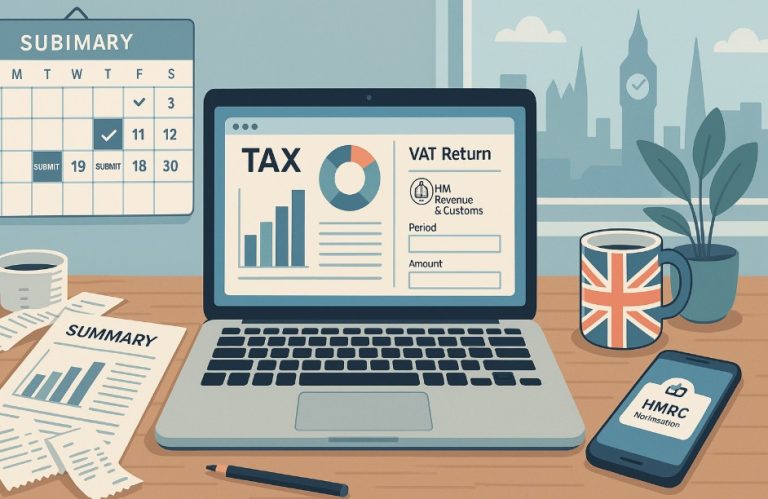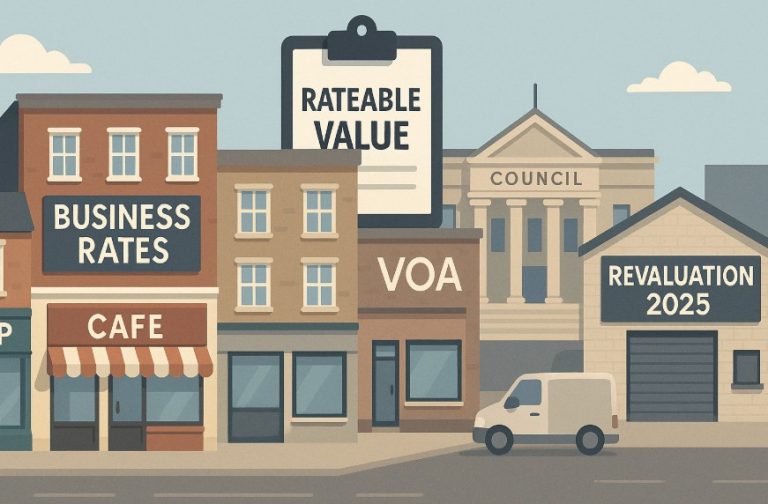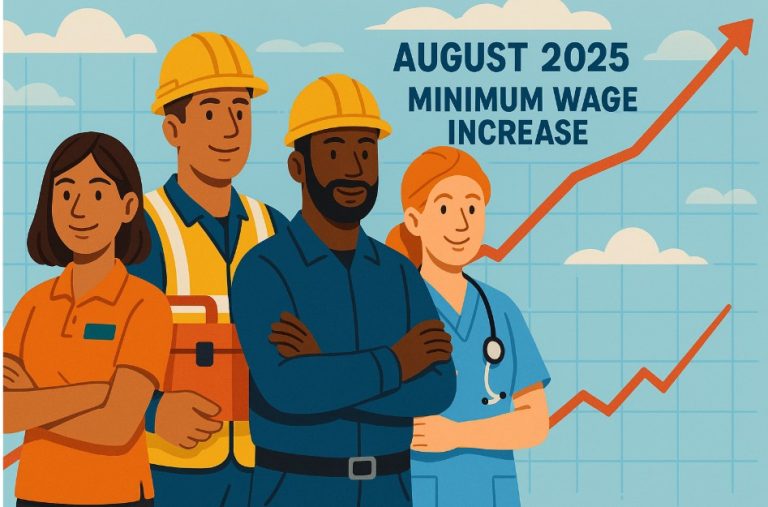Government Apprenticeship Funding 2025: What’s Changing and Why It Matters?
What Has Prompted the Latest Changes in Government Apprenticeship Funding?
In a significant policy shift announced in May 2025, the UK government has launched a new apprenticeship strategy focused on expanding opportunities for younger and lower-skilled workers while simultaneously reducing reliance on immigration to fill labour shortages.
With a target of creating 120,000 new apprenticeship and training opportunities across England before the next general election, this move represents one of the most ambitious attempts in recent years to reshape the nation’s vocational education landscape.
This overhaul is underpinned by an increased investment in the government apprenticeship funding programme, now set to exceed £3 billion for the 2025–26 financial year.
The goal is clear: improve domestic workforce readiness in priority sectors like construction, engineering, and healthcare while tightening immigration through a revised Immigration Skills Charge.
The announcement follows the release of the Immigration White Paper earlier this year, which outlined a 32% increase in the levy imposed on employers recruiting from outside the UK.
These additional funds will be directed specifically toward expanding domestic training pathways.
Why Is Funding Being Redirected Toward Lower-Level Apprenticeships?

Beginning in January 2026, government funding will be redirected from Level 7 (master’s-level) apprenticeships to lower levels, particularly Levels 2 and 3.
According to the Department for Education, this realignment reflects a need to target public funds where they can deliver the greatest impact, namely among young people and those entering employment for the first time.
This decision is rooted in the government’s desire to address several socioeconomic concerns:
- A large proportion of 16–24-year-olds are currently not in education, employment, or training (NEET).
- Participation in apprenticeships by young people, particularly the marginalised, has been in decline over recent years.
- Youth unemployment and economic inactivity continue to weigh heavily on national productivity.
Education Secretary Bridget Phillipson stated that “a skilled workforce is the key to steering the economy forward,” emphasising the long-term economic benefits of upskilling domestic youth.
While higher-level training remains important, the government’s priority is to ensure broader access to apprenticeship routes, particularly for those from disadvantaged backgrounds who may not pursue university education.
Who Are the Main Beneficiaries of the New Apprenticeship Strategy?
The main beneficiaries of the 2025 apprenticeship reforms are expected to be:
- Young people aged 16–21, who will continue to receive full funding support for apprenticeships, including those at Level 7.
- SMEs (small and medium-sized enterprises), which will benefit from reduced complexity in accessing the Digital Apprenticeship Service and increased opportunities to hire fully funded apprentices.
- Industries experiencing labour shortages, particularly healthcare, construction, and engineering.
A renewed focus on trades and technical skills reflects a deeper structural aim: to rebuild a pipeline of skilled British workers in areas long reliant on immigration.
How Will the Immigration Skills Charge Help Fund Apprenticeships?

The Immigration Skills Charge, originally introduced in 2017, was designed to encourage businesses to invest in training the domestic workforce instead of relying on skilled workers from abroad. In 2025, the government announced a 32% increase in this charge.
This new revenue stream will directly fund up to 45,000 new training places, as part of the broader target of 120,000.
Employers hiring from overseas must now factor this additional cost into their recruitment strategies, making domestic apprenticeships an increasingly attractive alternative.
The policy also aligns with the government’s broader immigration strategy, including plans to reduce net migration and redirect economic opportunity back into British communities.
Will Higher-Level Apprenticeships Be Scrapped?
The answer is nuanced. Rather than scrapping Level 7 apprenticeships altogether, the government has chosen to restrict public funding for these programmes from January 2026 onwards. Funding will continue only for:
- Apprentices aged 16–21
- Existing apprentices were already enrolled prior to the funding change
This move has triggered strong responses from various professional bodies and training providers. The Law Society has expressed serious concern over the impact this could have on the accessibility and diversity of legal careers.
According to the president of the Law Society, Level 7 solicitor apprenticeships are “the only non-university route to becoming a qualified solicitor,” and disproportionately benefit those from non-traditional backgrounds.
What Are the Concerns from Employers and Professional Organisations?

There has been considerable backlash over the potential implications of limiting Level 7 apprenticeship funding. Employers argue that the decision will:
- Limit access to professional careers for individuals who cannot afford a university
- Reduce workforce diversity, especially in law, healthcare, and public service sectors
- Disadvantages of regional firms that rely on apprenticeships to train and retain talent locally
Research from Damar Training, a leading provider of solicitor apprenticeships, highlights the unique demographics of these learners:
| Demographic Attribute | Percentage |
| Attended a state school | 94% |
| Received free school meals | 35% |
| No parent with a university education | 73% |
| Working outside of London | 90% |
These statistics underline the role of apprenticeships in advancing social mobility, particularly in areas underserved by traditional higher education pathways.
What Will Change in the Digital Apprenticeship Service in 2025?
The Digital Apprenticeship Service (DAS) has been simplified to help more employers, especially SMEs, access training funding. Key improvements include:
- A more user-friendly interface for managing apprenticeship funds
- Easier matching with approved training providers
- Integrated advertising tools for apprenticeship vacancies
- Streamlined reporting and compliance features
These upgrades aim to make apprenticeship funding more transparent and manageable for businesses that may lack extensive HR or administrative support.
How Do Employers Access Government Apprenticeship Funding?

Employers can access government funding through a structured five-step process using the Digital Apprenticeship Service:
- Create an online account via the DAS portal
- Select a recognised training provider and apprenticeship standard
- Input apprentice details, including wage, role, and duration
- Agree on training costs and responsibilities with the provider
- Submit a funding request and monitor the account balance
Employers that do not pay the apprenticeship levy may still be eligible for 95%–100% of training costs, depending on the apprentice’s age and background.
What Are the Broader Economic and Social Implications of These Reforms?
The government’s new apprenticeship policy represents both an economic strategy and a social policy intervention.
On one hand, it supports the national ambition to rebuild key sectors with homegrown talent; on the other, it seeks to level the playing field for young people from diverse backgrounds.
However, the decision to scale back higher-level funding also risks:
- Reducing access for career-changers and adult learners
- Undermining efforts to diversify professional sectors
- Placing smaller firms under pressure if they cannot afford to self-fund advanced training
It remains to be seen whether the government will respond to ongoing calls from industry to rethink the age cap or to introduce alternative support mechanisms for older learners.
FAQs
What age groups are eligible for full apprenticeship funding in 2025?
Individuals aged 16–21 are eligible for full funding across all levels, including Level 7. For those over 21, access to funding is more restricted, especially at the master’s level.
Will Level 7 apprenticeships be completely abolished?
No, but funding will be limited to those aged 21 and under starting in 2026. Existing learners will still be supported.
How does the Immigration Skills Charge impact apprenticeships?
The increased charge generates revenue to fund up to 45,000 new training opportunities, shifting the focus from importing talent to training locals.
Can older adults still access apprenticeships?
Yes, though funding will be more restricted, particularly for higher-level qualifications. Career-changers may need to seek private funding or employer-sponsored training.
How will SMEs be supported under the new model?
SMEs continue to receive up to 100% funding for eligible apprentices, especially those under 21, and now benefit from a simplified DAS system.
Which industries benefit most from the 2025 reforms?
Sectors facing labour shortages like construction, healthcare, and engineering stand to gain the most from the increased availability of lower-level apprenticeships.
Is this reform aligned with the government’s immigration strategy?
Yes. The funding model is part of a broader push to reduce migration, increase self-sufficiency, and invest in domestic talent.







